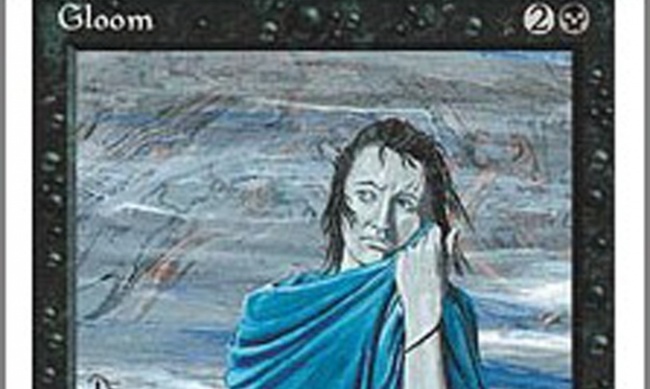Rolling for Initiative is a weekly column by Scott Thorne, PhD, owner of Castle Perilous Games & Books in Carbondale, Illinois and instructor in marketing at Southeast Missouri State University. This week, Thorne offers up three more uplifting predictions for the next decade.
Following up on last week’s column (see "Three Predictions For the Next Decade"), here are some more trends I think we'll see over the next several years. I tend to apply Roy Amara’s Law regarding technology to any change we might see in the gaming industry: “We tend to overestimate the effect of a technology in the short run and underestimate the effect in the long run.” Similarly, I think we'll see incremental change over the next couple of years in the industry but significant change by the time we reach 2030. Anyhow, as promised last week, here are some more positive predictions about the game industry :
- More stores go Premium. Wizards of the Coast launched its Premium store program this year, and a slew of stores already have qualified as Premium because the announced reduction of the number of events and players needed to qualify for Premium will cause many more stores to decide to qualify for the program over the next few years, especially, as I expect, WotC starts offering additional enticements for stores to make the effort to qualify (see "WotC Cuts Requirements for WPN Premium Status by One-Quarter to One-Third "). While member stores now can sell Theros: Beyond Death boosters during the pre-release weekend, Premium stores will receive an allocation of the premium priced Collectors boosters to sell during the weekend as well, giving players and Magic buyers an additional inducement to come make purchases at that store. Couple incentives like that along with the retail grants WotC offers and stores that do a significant amount of business in Magic will find it hard to resist seeking Premium status.
- Shorter games. Long time players of historic wargames will remember the monster SPI games of the late 70's and early 80's. Similarly, long time players of D&D will remember the marathon roleplaying sessions of the 80's and 90's. While both still take place on occasion, such games have become rarer and rarer as today's society is more focused on speed. With online applications like streaming, Vimeo and TikTok delivering instant short lived gratification, today’s and future players will not want to sit down for a 4-5 hour board game (miniatures gaming will remain a noticeable exception for the future). Players will look for games that they can complete in under an hour so that they can play several games over the course of a session and length of time for a game will become an even more important factor, with lengthy games moving to Kickstarter and direct sales.
- Mass customization. As 3D printers become more common, as well as inexpensive, and the programs for them become easier to use, we will see more custom designed pieces for favorite games. A gamer wanting to play a game like Carcassonne will be able to print out Meeples for the game designed to look like the individual players of the game. Imagine playing a game of Catan on a board replicating the part of the country in which you live. Are your dice are rolling poorly? Hit a button and print out a new set to replace them by the time your next tern comes around. Currently, 3D printers take hours to print out a single figure. By the end of the next decade, I expect to see them to print out game accessories in a matter of minutes.
The opinions expressed in this column are solely those of the writer, and do not necessarily reflect the views of the editorial staff of ICv2.com.



